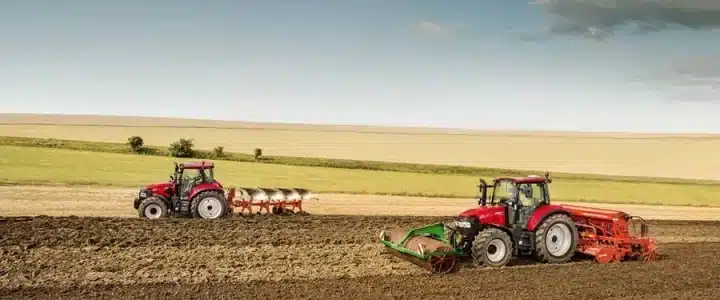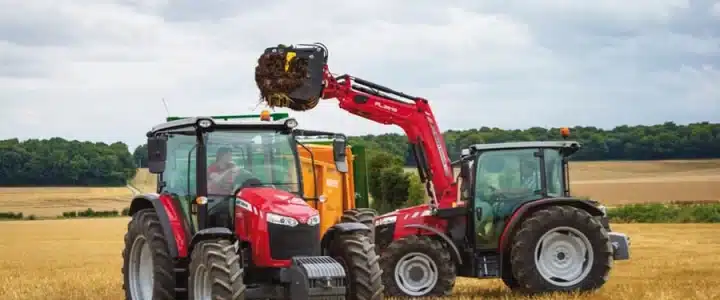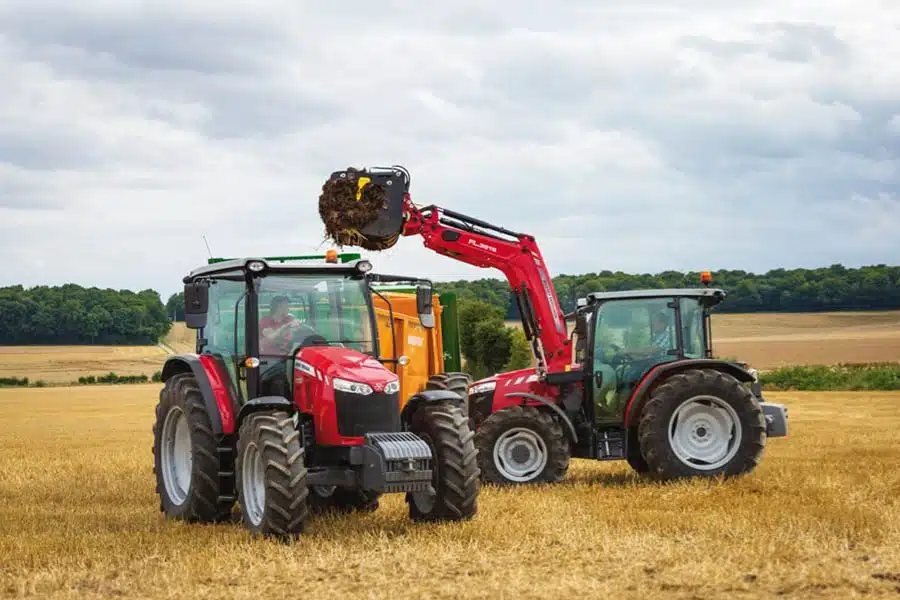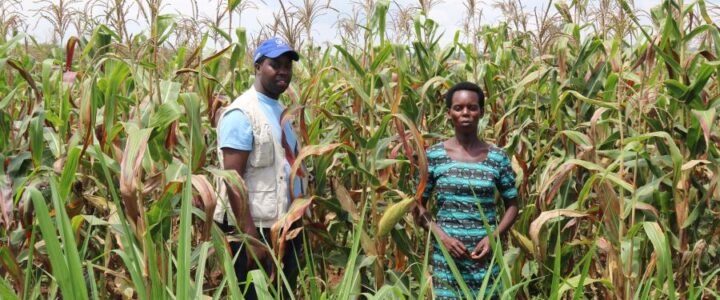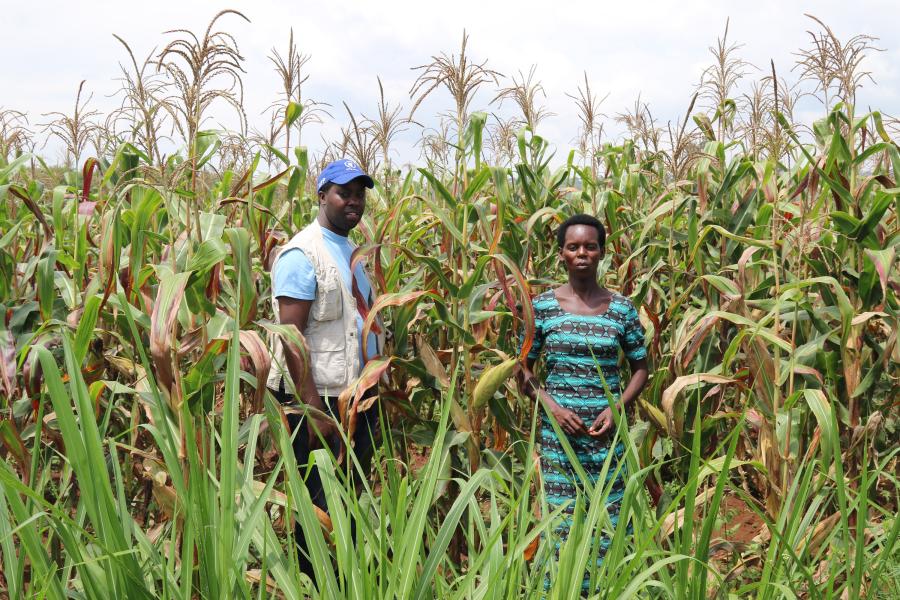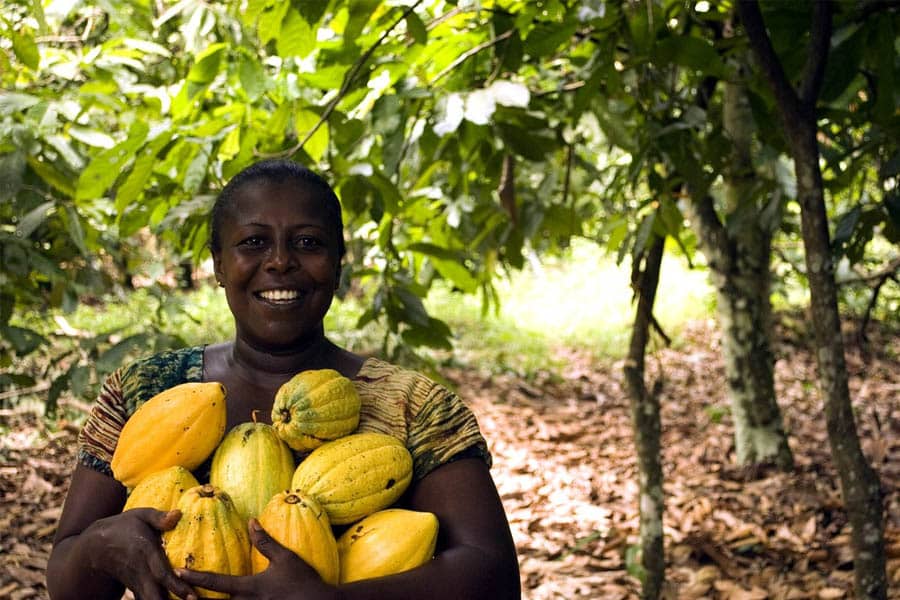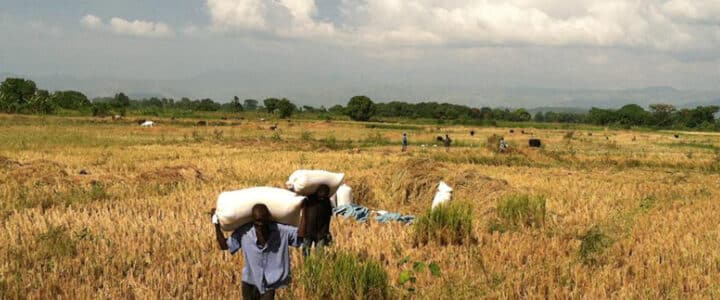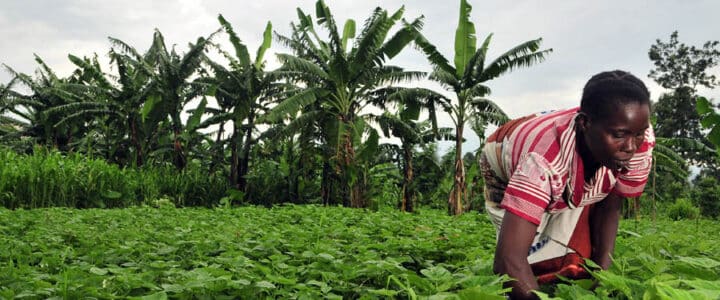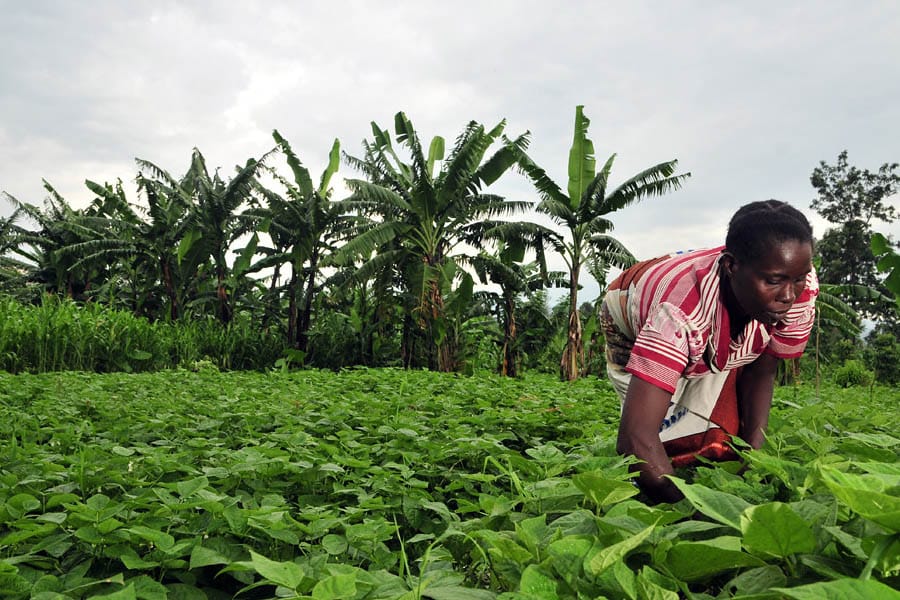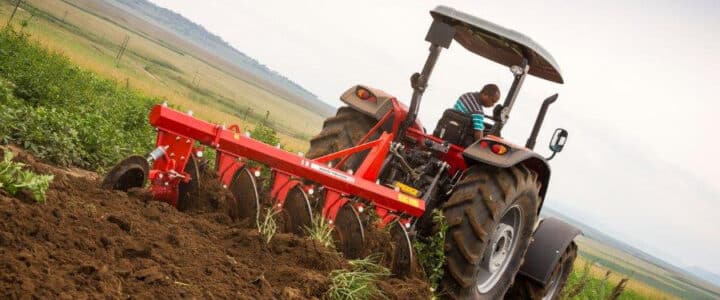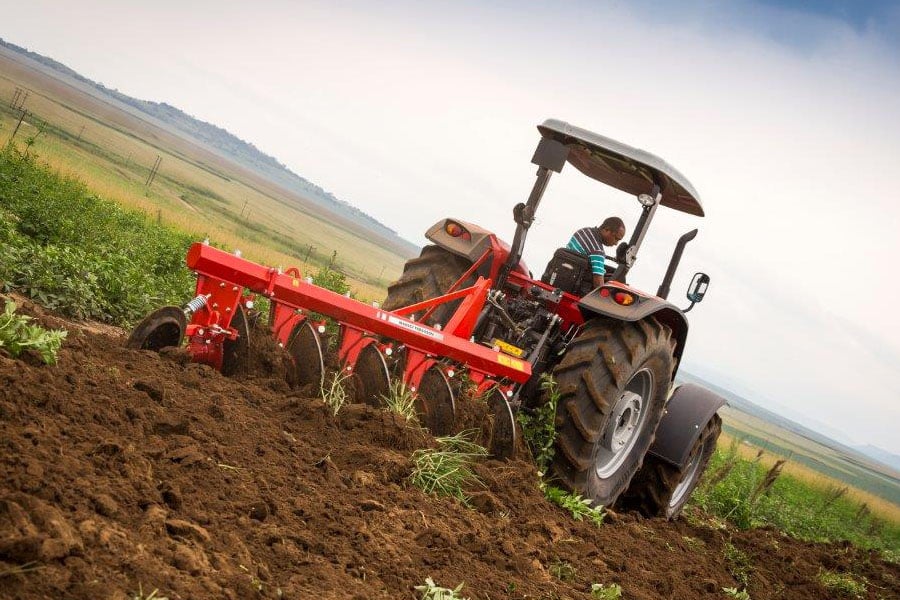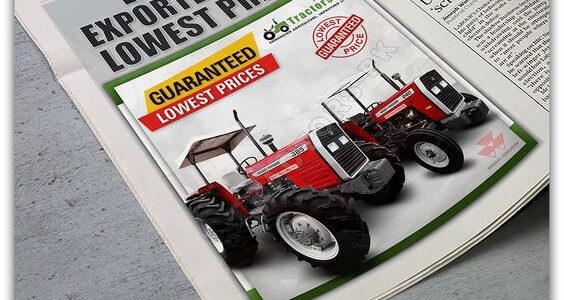The agricultural industry in Botswana is witnessing a notable transformation as a new generation of farmers steps up to the plate. This shift is driven largely by advancements in farm equipment and agricultural machinery, particularly tractors, which have become more accessible and appealing to young farmers.

The Appeal of Modern Tractors
Modern tractors are no longer just metal giants trudging across fields; they are now sophisticated pieces of agricultural innovation that embody efficiency, power, and versatility. For young farmers, these machines represent an exciting opportunity to modernize traditional farming practices while enhancing productivity. Here’s why tractors are drawing in a new crowd:
Technological Advancements
Today’s tractors come equipped with cutting-edge technology, including GPS systems and automated steering, which simplify complex tasks and reduce manual labor. These features are particularly attractive to tech-savvy young farmers who value efficiency and precision.
Versatility and Efficiency
With a range of tractor attachments available, a single machine can perform multiple tasks—ploughing, tilling, planting, and harvesting—saving time and resources. This versatility appeals to small-scale farmers in Botswana who need to maximize their investment in farm machinery.
Environmental Considerations
Many modern tractors are designed with environmental sustainability in mind, featuring fuel-efficient engines and options for alternative energy sources, aligning with the growing global emphasis on eco-friendly farming practices.
The Role of Tractors PK in Botswana’s Agricultural Evolution
Tractors PK stands at the forefront of this transformation, offering a wide selection of top-quality tractors and farm implements. Our dedication to providing reliable agricultural machinery has made us a trusted partner for both new and experienced farmers in Botswana.
- Massey Ferguson and New Holland Tractors: Known for their durability and low maintenance, these tractors are favorites among farmers. Massey Ferguson tractors, in particular, cater to diverse farming needs with both 2WD and 4WD options available.
- Massive Farm Tractors: Specifically designed with African farmers in mind, these tractors combine simplicity with advanced performance, ideal for the varied terrain and conditions found in Botswana agriculture.
- Comprehensive Support: At Tractors PK, we don’t just sell tractors; we offer expert advice and after-sales services to ensure farmers get the most out of their investment.
The Future of Farming in Botswana
The influx of a younger generation into farming, equipped with modern tools like tractors, is set to redefine Botswana’s agricultural landscape. With better access to farm machinery and a focus on sustainable practices, these new-age farmers are poised to enhance productivity and contribute to the nation’s food security. For those eager to start or expand their farming operations, investing in agricultural machinery is a crucial step. At Tractors PK, we are committed to supporting your farming ventures with the best farm equipment and expertise.



